Reducing bioburden testing and sterility testing volumes for gene therapies
A reduced sampling plan was recommended in a Biophorum report for reducing required bioburden and sterility testing volumes for gene therapy batch yield.
A report published by BioPhorum titled ‘Minimizing the impact of bioburden and sterility testing on gene therapy batch yield’ offers recommendations for reducing the volumes required for testing. This approach conserves product for patients, maintains compliance and delivering assay and process information on the microbiological status of gene therapy products.
Challenges in bioburden testing
Gene therapy manufacturing processes result in low yields, particularly in early product development stages. These products are subject to the same regulatory release criteria and expectations as the processes used for biologics/pharma products that produce significantly higher yields.
If gene manufacturers adhered to current release requirements, the outcome would be little, if any, remaining product for the clinic or the patient, according to BioPhorum.
The paper evaluated strategies for reducing bioburden testing and sterility testing volumes. These two release tests contribute significantly to the total volume required for release testing.
The review included current regulatory requirements, phase-appropriate considerations, qualification and method suitability requirements, and various aspects of testing, BioPhorum stated.
The report highlighted several approaches for organisations to consider, including:
- Leveraging existing verbiage in compendia for small-volume products
- Taking both platform and phase-appropriate approaches
- Taking matrix-based approaches for suitability testing requirements
- Using buffer diluent without vector where justified and documented
- Using reduced sampling plan where justified and documented.
Sampling strategies
Results from a benchmarking survey used in the report, along with other feedback, emphasised the non-unified approach to microbial sampling and testing of gene therapy products.
In the paper, a review of a typical gene therapy sampling plan with an evaluation of the impact to yield from example in-process samples was also included.
Survey data also found that ~33 percent of respondents were filling very low volumes (<1mL) per vial, which has a significant impact on lot yield when coupled with a small lot size.
Almost every member organisation surveyed performed in-process monitoring for bioburden, the benchmarking survey showed. Of that sample group, six organisations were performing upstream sampling. Eight organisations were performing downstream sampling. This indicates that not all organisations were performing sampling and testing in both major unit organisations, BioPhorum reported.
The high degree of variability on sampling strategies reported is reflective of the lack of clear published guidance for in-process bioburden testing as well as the diverse manufacturing processes used, the authors noted.
Alternative sterility testing methods
Some team members included in the survey indicated that they had evaluated rapid sterility methods. While those methods could provide results faster than traditional methods, there was no alternative method that would require a lower volume. There were 40 percent of respondents who reported using some type of modified fill volume.
These alternative approaches included:
- Research vials at lower volume than GMP
- Stability vials scaled down while ensuring equivalent surface-to-volume ratio is maintained
- Lower fill volume for analytical samples.
The authors noted that a 100mL test sample size would represent a significant consumption of the final formulated drug product produced for each manufactured lot, as demonstrated by the benchmarking survey.
Almost half of the respondents had total bulk drug substance (BDS) batch sizes of ≤100mL. This means that the routine test volume of 100mL would consume the entire batch. Around three quarters of respondents had batch sizes of ≤1,000mL. Approximately 10 percent of the batch would be consumed just for a routine bioburden test sample.
A total of 2mL tested for bioburden (1mL per media type) represents approximately 0.5–2.0+ percent for the total batch size produced for nearly 75 percent of the survey respondents which produced ≤500mL of product per batch. When compared to traditional biologics, this is similar in volume to the total percentage tested for non-ATMP products of batch sizes of 5–20L, and 5–20x of the total volume sampled for batch sizes around 100L.
In conclusion, sampling and testing must be performed in such a way that supports manufacturing processes. As gene therapies offer the potential to treat otherwise unmet medical needs, the recommendations included in the report could help to accelerate delivery of these much needed treatments to patients.



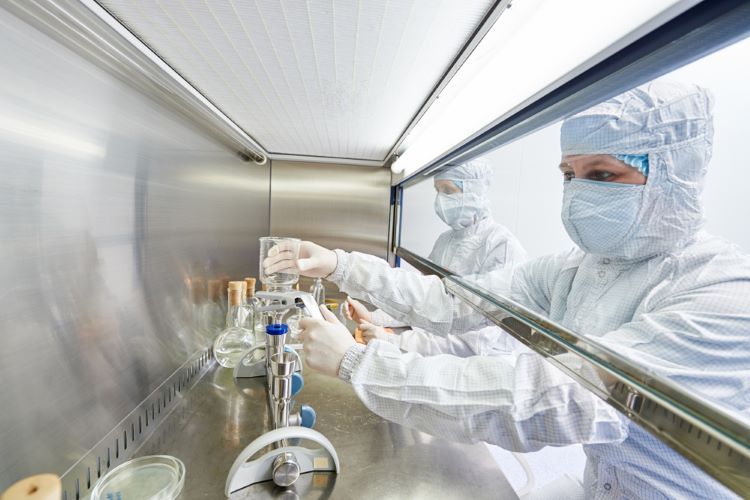
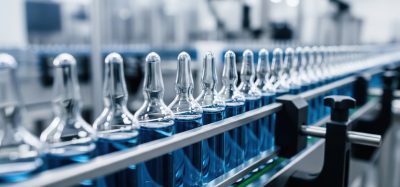
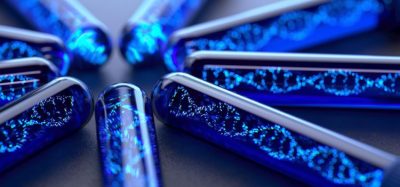
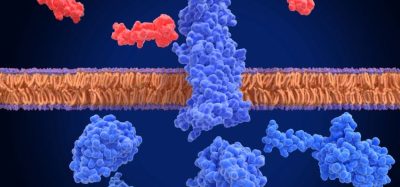
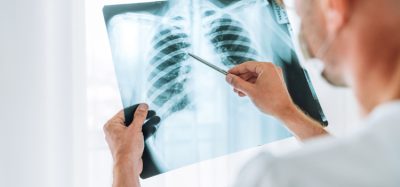
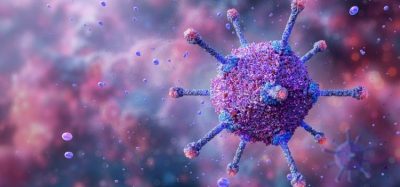


A nice article talking about sterility testing constrains and solutions from gene therapy,